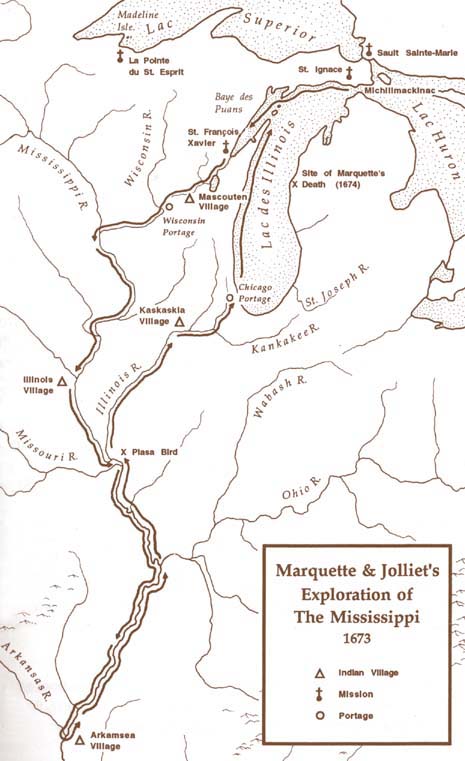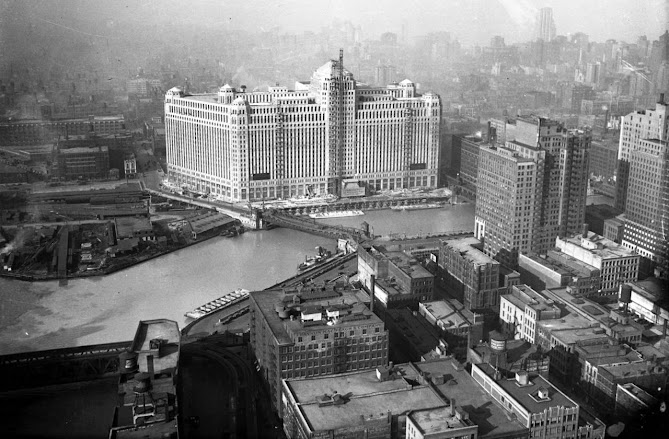Daniel Pope Cook, known as the "Champion of Illinois Statehood," was a pivotal figure in Illinois' journey from territory to state.
 |
| Daniel Pope Cook |
A young lawyer and landowner in early Springfield, Cook tirelessly advocated for statehood, writing persuasive articles and prodding the Illinois territorial legislature to take action. His efforts, including lobbying in Washington D.C., helped secure the Northwest Ordinance with its anti-slavery provisions, laying the groundwork for Illinois' future. After statehood, Cook served as Illinois' first Attorney General and later represented the state in the U.S. House of Representatives from 1819 to 1827. His legacy is honored through Cook County, Illinois, named in his memory, and his influence is further seen in his work on a diplomatic mission to Cuba and his co-ownership of the Illinois Intelligencer newspaper.
Daniel Pope Cook was born in Kentucky in 1794 and moved to Kaskaskia, Illinois, in 1815. There, he studied law under his uncle, Nathanial Pope, the U.S. congressman for the Illinois Territory. Cook was also mentored by his father-in-law, territorial Governor, and later state governor, Ninian Edwards.
Cook was named the territory's first auditor general in 1816, but soon after that, he went to Washington, D.C., to further his political career. President Monroe sent him on to London with dispatches for John Quincy Adams.
Cook returned to Illinois in November of 1817 and took it upon himself to write a very persuasive article for the newspaper in Edwardsville, which he co-owned, explaining why Illinois should become a state instead of a territory. The territorial legislature took up the call and, by December 10, sent off its appeal for statehood to Congress, where Nathanial Pope presented the document.
The legal process for statehood was finalized on December 3, 1818, making Illinois the 21st state of the union. Cook was elected Illinois' second representative in Congress after statehood and was re-elected three times. At the time, Illinois allowed only one representative; as that representative, Cook significantly impacted legislation affecting the state.
Daniel Pope Cook married Julia Catherine Edwards, daughter of Ninian and Elvira Edwards, on May 21, 1821. They had one child, John Cook (sometimes reported as John Pope Cook). He was only 2 years old when his father died in 1827. Julia Cook died three years later, and John Cook was raised by his grandparents, Ninian and Elvira Edwards.
With statehood achieved and a treaty signed with indigenous tribes, numerous settlers were drawn into the central part of the state, known as "the Sangamo country." The area was known for well-drained prairies outlined by streams, woodlands with plentiful wildlife, and productive soil. The area remained federal land until surveys were completed and a land office opened for sales in 1823.
Sangamon County (much more significant than today) was created in 1821, and Cook took an interest in the newly created county. He had a cabin built and 10 acres of land plowed, thus making known his desire to purchase land.
Elijah Iles had built a store in the tiny Springfield community, designated the temporary county seat, and is credited with a movement to establish a platted town. Iles set about agreeing with other settlers not to bid against him and three other men at the land sales set for November 6, 1823.
Cook apparently intended to be one of the other three original buyers, along with John Kelley and John Taylor, as implied in an October 21, 1823, letter from Iles to Cook.
However, the letter brought terrible news. Kelley had died, and the quarter section of land Taylor was to buy had been set aside as "seminary land," the sale of which was reserved and profits set aside for higher education.
According to the letter, Cook also had dropped out of the plan, presumably because he was to run for a third term in Congress. The letter tells Cook, "Your improvement now goes in the name of Enos."
A document written by Pascal P. Enos later records that Cook had made improvements to the land, which Enos evidently purchased through a local intermediary, maybe Iles.
On November 7, 1823, Iles, Enos, and Thomas Cox (replacing Kelley) purchased three planned quarter sections of land and platted a town. Taylor finally bought his quarter section a year late after a letter to the Governor resulted in its re-designation.
sidebar
Cook’s role in the development of Springfield confused the writers of an early county history and of a number of historical articles, all of which list Cook as one of the city’s four original proprietors. As explained above, his interest was real, but deed records do not show Cook buying land then.
Cook visited the Sangamo area at least once, if not more often, as verified by an article in the Edwardsville Spectator on July 12, 1823. The article says Cook and Gov. Edward Coles were invited to the Springfield area for a Fourth of July celebration. Toasts were given to the two men, and then Cook gave a toast that was quoted in the newspaper. Iles was identified as another of those present. Unfortunately, what Iles and Cook may have discussed about a future town or what other meetings they may have had is unknown.
 |
| 1855 Springfield map shows Cook's land holdings in Springfield, Illinois. His purchases from Iles are in blue; those from Enos are in green. Cox purchase not shown. |
In 1826, after losing his bid for a fifth term in Congress, Cook again showed an interest in Springfield. This time, he bought land from Iles, Enos and Cox. In February, he purchased from Enos seven town lots and a 16¼-acre outlot for $50, along with three town lots and another 16¼-acre outlot, also for $50, from Iles. In May 1827, Cook paid Cox $100 for a 26-acre tract.
Although respected, intelligent, politically astute, sociable, and an eloquent speaker, Cook was physically frail. He died at age 33 on October 16, 1827. He was memorialized four years later when Cook County was named.
In Springfield, Daniel Pope Cook is remembered by a street name. In 1836, Iles filed the plat for a 27-block addition to Springfield in anticipation of the town becoming the state capital. He named its east/west streets Market, Jackson, Edwards, and Cook.
Market (today's Capitol Avenue) got that name because Iles set aside an area between Ninth and Tenth Streets for a vendor market. Iles presumably chose Jackson following the original town plan's pattern of using presidents' names; Andrew Jackson was President then. Edwards Street honored Ninian Edwards.
Finally, Iles named a street after the man whose legislative work helped advance Illinois and with whom he had had a personal acquaintance: the late Daniel Pope Cook.
After Daniel Cook's death, his Springfield land was auctioned to pay a debt. It was purchased by the widow Elvira Edwards. At Elvira's death in 1839, her son, Benjamin S. Edwards and grandson, John P. Cook, were heirs to the land.
Daniel P. Cook's name does appear on the James L. Lamb obelisk. (Only parts of the name are now readable; the other information given is illegible.) Why is Cook's name on the Lamb family marker? Lamb's daughter Susan married Daniel Cook's son, John Pope Cook. John and Susan Lamb Cook have individual stones at their graves in the Lamb family plot. Cook is memorialized at Oak Ridge but not buried there.
The Cook name also lived on in Springfield through Daniel Cook's only son, John Cook, a Civil War brigadier general and mayor of Springfield, and his grandsons, John Crammer, James L. and William J. Cook.
Compiled by Dr. Neil Gale, Ph.D.






.jpg)



















